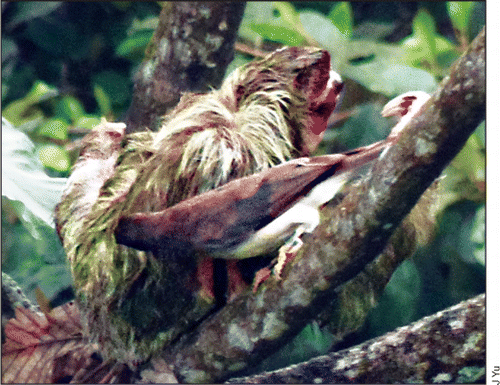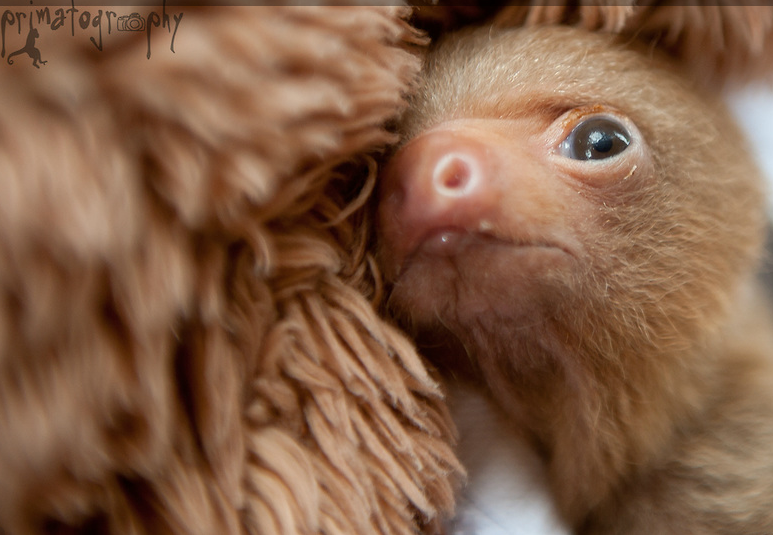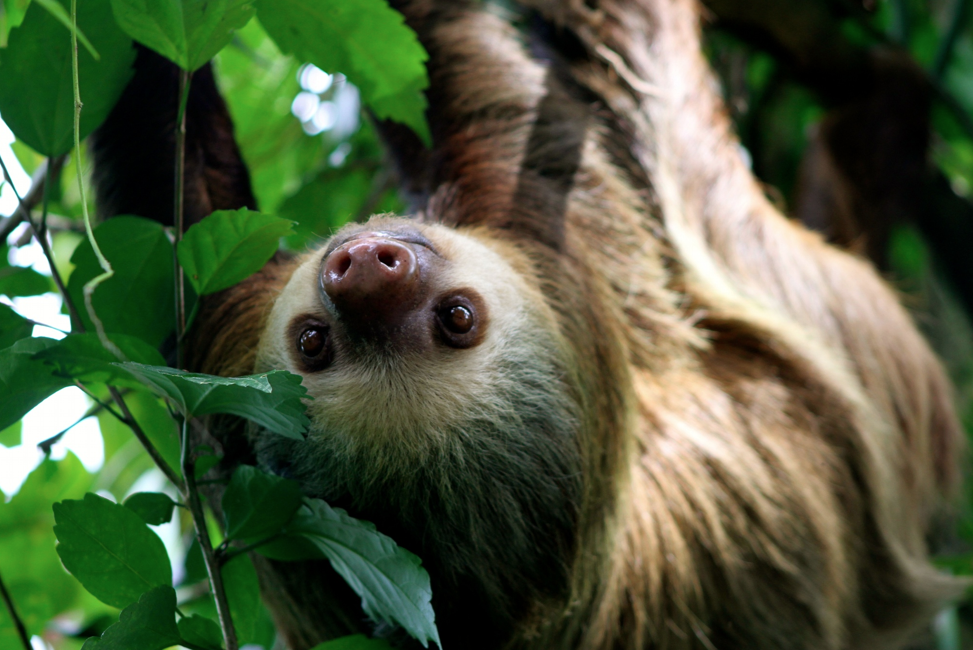This fantastic YouTube clip illustrates the sloth-moth-poop sloth cycle! Check it out!
Tag Archives: science
Interactions Between a Sloth and a Brown Jay
Published this month in the journal Frontiers in Ecology and the Environment is a new observation that brown jays feast on the moths and other insects that live within a sloth’s fur.
A sloth’s fur is full of moths, insects, algae and fungi. The moths use the sloth’s travelling ecosystem to find mates and lay their eggs. The sloth also eats the algae that grows on itself as a supplement to its diet. Hence the pilfering by brown jays might not be such a welcome addition to this little ecosystem.
However, due to the abundance of parasites that also lives in sloth fur, the birds may be doing them a favour. In addition, brown jays may alert the sloth to presence of predators in the area, giving them a heads-up, as generally they are very slow to respond.
Understanding how organisms interact through natural history and descriptive ecological research can help us make important scientific advancements and practice conservation more effectively.
Read the entire article here.
Working up the motivation
This afternoon I’ve sat and watched three episodes of Buffy whilst doing sudoku and messing around on social media. Then I look at the clock and it’s 4pm and I haven’t really achieved much today… so now I’m about to do a bit of writing… yay. It’s taking much longer than I anticipated. From Slothilda.
From Slothilda.
April Fool’s! Here’s some silly sloth facts
Four-Toed Sloth!
Sloths have three fingers if they are a Bradypus, and two if they are a Choloepus.
So the Sloth Sanctuary of Costa Rica recently got a big surprise when a Bradypus was brought in with FOUR toes on one foot! 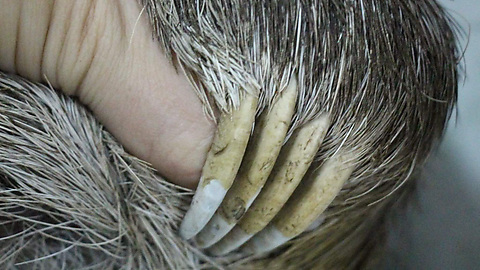
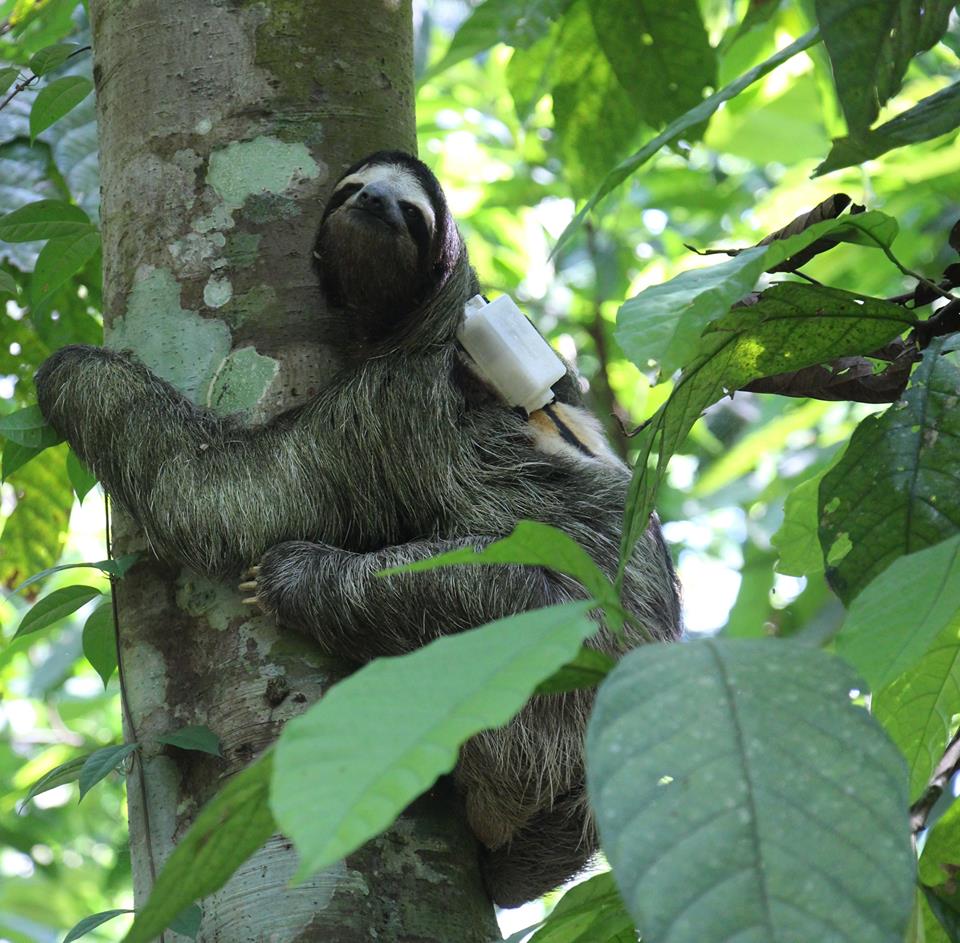
His new name is (fittingly) Quatro and he has now been tagged with a Sloth Backpack to monitor his movements.
Long days, big experiments, important discoveries
Special people
Had lunch today with three women who I admire, love, and think the world of. My boss, my best friend, and the girl who was there for me when I was starting out on this journey called medical research.
This last friend became a source of happiness, stress relief, random singing and dancing in the corridors, and stupid lab poems about experiments not working. Now she lives overseas. She has no idea how much she is missed and how different work is without her. 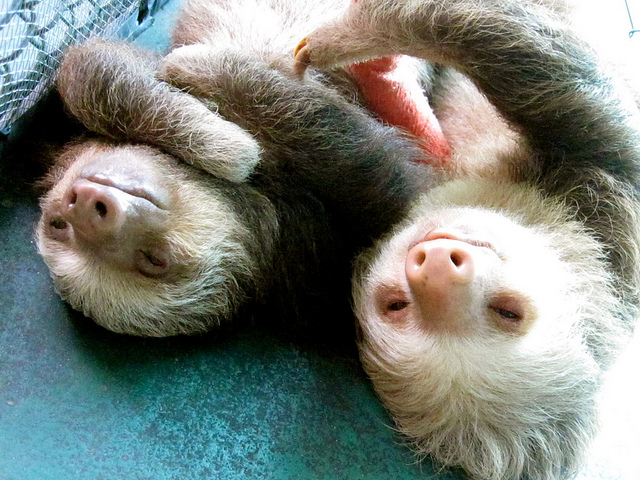
Sloth hair may cure cancer
Is there anything that sloths CAN’T do?
Science is a jerk
Cuz science is a jerk, jerk, jerk, jerk, jerk
And nothing ever works, works, works, works, works…
*buries head in hands*
How do sloths see the world?
Ever wondered what those gorgeous dark eyes are seeing when a sloth looks out onto the world? Humans are generally trichromats; our retinas possess three types of photoreceptors for recognising colour (“cone” cells), each of which has a different absorption spectra.
Xenarthrans (sloths, armadillos and anteaters) however, are rod monochromats. This condition in humans results in colourblindness, low vision in dim light, and almost complete blindness in bright light.
A new study, published in The Royal Society Proceedings journal, used many different genetic methods to conclusively show that the Hoffmann’s two-toed sloth is a monochromat. Furthermore, they concluded that these sloths have a long history of monochromacy. Based on fossil records, this may be a result of a historically subterranean lifestyle (ground-dwelling), that preceded the arboreal lifestyle (tree-dwelling) they live today, and hence restricted their evolution due to the dim light conditions.
“We searched the genome of…Choloepus hoffmanni (Hoffmann’s two-toed sloth)…for retinal photoreceptor genes and examined them for inactivating mutations. We hypothesize that rod monochromacy…evolved as an adaptation to a subterranean habitat in the early history of Xenarthra. The presence of rod monochromacy has major implications for understanding xenarthran behavioural ecology and evolution.”
So when you look into a sloth’s eyes, what do they see when they look back at you? If it’s day time, probably a light grey, blurry figure. But let’s just pretend otherwise, shall we?
- ← Previous
- 1
- 2
- 3
- …
- 5
- Next →
